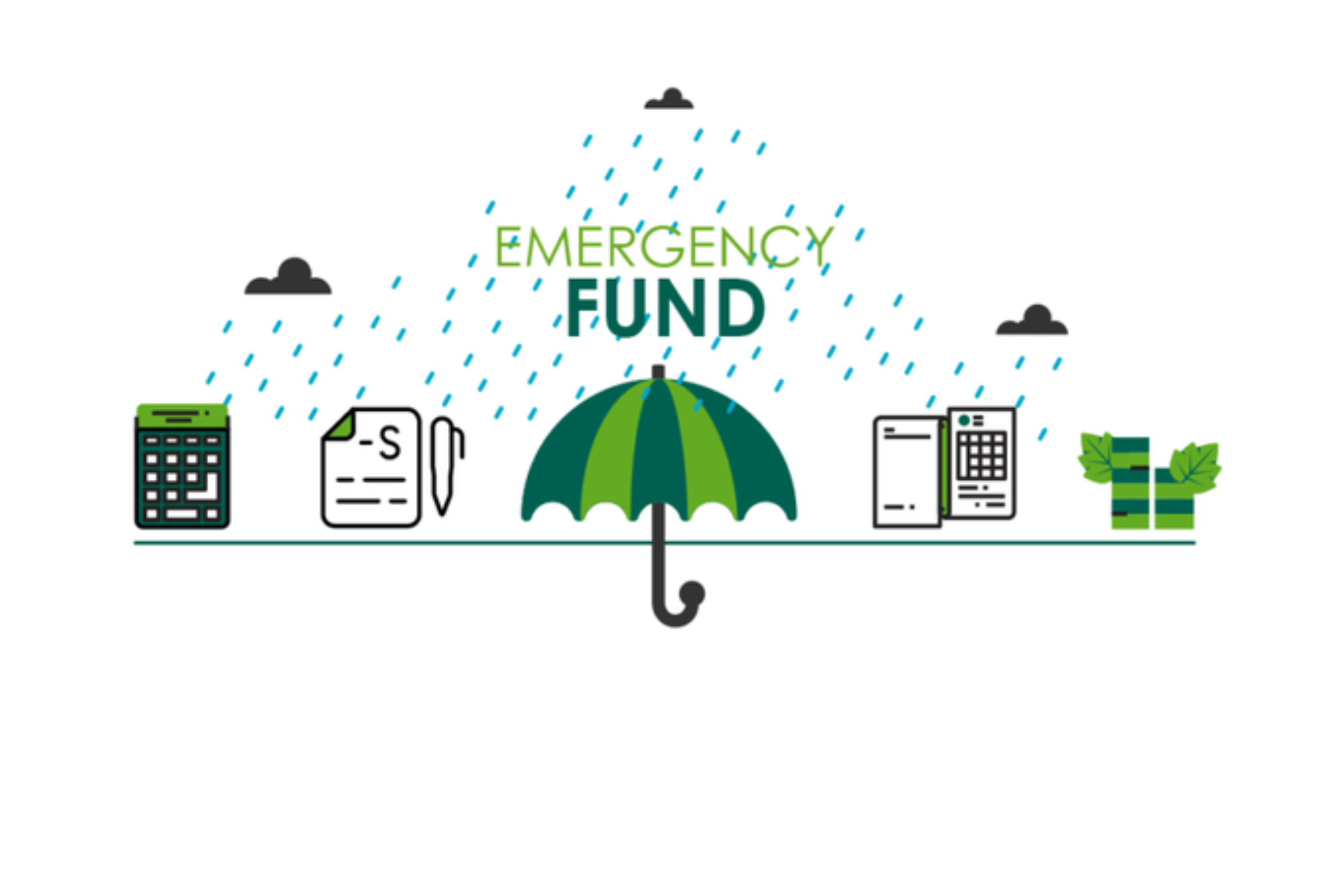Businesses often face unexpected financial challenges that require immediate cash. Whether it’s due to seasonal slumps, unplanned expenses, or sudden market shifts, emergency business funding offers a lifeline to keep operations running smoothly. This guide breaks down everything you need to know about emergency business funding—from types and application processes to tips for choosing the best option for your needs.
Introduction to Emergency Business Funding
What is Emergency Business Funding?
Emergency business funding is a type of quick, short-term financing designed to help businesses address immediate cash flow needs or unforeseen expenses. Unlike traditional loans, emergency funding is fast, flexible, and often more accessible.
Why Businesses Need Emergency Funding
Companies may need emergency funding in various scenarios, including:
- Unexpected repairs or damages
- Covering payroll during a revenue downturn
- Purchasing inventory or equipment quickly
- Crisis response (natural disasters, economic shifts)
How Emergency Funding Differs from Traditional Loans

Emergency business funding is typically easier to obtain, with faster approval times and shorter terms. Traditional loans often have more stringent requirements, whereas emergency funding offers immediate assistance to keep businesses afloat.
Types of Emergency Business Funding Options
| Type of Funding | Description | Best For |
|---|---|---|
| Short-Term Loans | Quick cash, typically repaid within a year. | Covering urgent, one-time costs |
| Business Lines of Credit | Revolving credit line for ongoing access to cash. | Flexible, ongoing expenses |
| Merchant Cash Advances | Cash advance against future sales. | Businesses with card sales |
| Invoice Financing | Advance against accounts receivable. | Slow-paying clients |
| Business Credit Cards | Immediate, smaller expenses. | Smaller purchases |
| Equipment Financing | Loans secured by equipment to fund purchases. | Equipment replacement |
Short-Term Loans
Short-term loans provide businesses with immediate cash, typically repaid within a year. They’re ideal for covering urgent costs, like repairs or payroll, without long-term commitments.
Business Lines of Credit
A business line of credit provides access to revolving funds, allowing businesses to draw and repay money as needed. It’s a flexible solution for recurring expenses or unexpected purchases.
Merchant Cash Advances

Merchant cash advances are based on future credit card sales. Businesses receive a lump sum in exchange for a percentage of daily credit card transactions.
Invoice Financing
Invoice financing allows businesses to borrow against unpaid invoices, providing fast access to cash that’s tied up in accounts receivable.
Business Credit Cards
Business credit cards offer quick access to funds for smaller, immediate expenses. They’re convenient for smaller purchases but can carry higher interest rates if not paid off quickly.
Equipment Financing
Equipment financing allows businesses to borrow against essential equipment, with the equipment itself serving as collateral. This can be an option when replacing or repairing critical machinery.
How to Qualify for Emergency Business Funding
Key Requirements
Eligibility often depends on factors such as credit score, business revenue, and time in business. Some lenders may focus more on cash flow than credit history.
Financial Documentation Needed
Most lenders require:
- Bank statements
- Tax returns
- Profit and loss statements These documents provide insight into the business’s financial health and ability to repay the loan.
Factors Lenders Consider
Lenders assess creditworthiness, business stability, and cash flow. Businesses with consistent income or established histories often have an easier time qualifying.
How to Apply for Emergency Business Funding
Step-by-Step Application Process
- Research and choose a lender (online, traditional, or alternative).
- Gather necessary documents like financial statements and identification.
- Submit an application with your business and personal information.
- Review the loan offer and terms carefully.
- Receive funding within days if approved.
Tips for a Quick Approval
To increase your chances, ensure you have all paperwork ready, highlight cash flow strengths, and respond promptly to lender inquiries.
Common Application Mistakes to Avoid
Avoid incomplete applications, overestimating loan needs, or overlooking hidden fees. Preparing thoroughly ensures smoother processing.
Pros and Cons of Emergency Business Funding
Advantages
- Fast access to cash when needed most
- Flexible options tailored to business needs
- Minimal documentation compared to traditional loans
Drawbacks
- Higher interest rates than traditional loans
- Shorter repayment terms may strain cash flow
- Fees and hidden costs can add up
Top Emergency Business Funding Providers
Online Lenders

Popular online options include OnDeck, Kabbage, and Fundbox, which offer fast applications and rapid funding.
Traditional Banks and Credit Unions
Banks often have higher qualifications but offer reliable funding through lines of credit or business loans. However, processing times can be longer.
Alternative Financing Companies
Companies like Square Capital and PayPal provide business cash advances and funding options based on sales data.
Government Assistance Programs
In crises, programs like the Small Business Administration (SBA) provide emergency funding with favorable terms.
Emergency Funding Tips for Small Businesses
Budgeting for Unexpected Expenses
Create an emergency fund to cover unexpected costs and reduce the need for emergency loans.
Building a Strong Credit Profile
A good credit score can increase funding options and reduce interest rates, so regularly monitor and improve business credit.
Maintaining a Financial Safety Net
Diversify income sources and maintain a reserve for cash flow stability. Aim to have at least three to six months of expenses covered.
Case Studies: Businesses That Benefited from Emergency Funding
Success Stories
- Retail business used a line of credit during a seasonal slump and repaid once sales rebounded.
- Small restaurant accessed a cash advance to repair equipment, maintaining operations during peak season.
Lessons Learned
These cases show the importance of quick decision-making and understanding loan terms. Businesses that planned for emergencies were better prepared.
FAQs on Emergency Business Funding
Q: What’s the best emergency funding option for a small business?
A: Options vary by need, but short-term loans and business lines of credit are often popular for quick cash.
Q: How long does it take to receive emergency funds?
A: With most online lenders, you can expect funds within 1–3 business days, while banks may take longer.
Q: Will my credit score affect my eligibility?
A: Yes, though many lenders also consider cash flow, time in business, and other factors.
Q: Are there fees associated with emergency business funding?
A: Many lenders charge application fees, origination fees, or prepayment penalties, so review terms carefully.
Q: Can I get funding if my business is new?
A: Newer businesses may face limited options, but some online lenders or government programs cater to startups.
Conclusion: Preparing for Future Financial Emergencies
Steps to Ensure Business Continuity
Create a contingency plan that includes building an emergency fund, establishing good credit, and exploring diverse funding options.
Final Thoughts on Choosing the Right Emergency Funding Option
Selecting the right funding depends on your business’s needs, repayment ability, and urgency. Being proactive can reduce stress when unexpected expenses arise.
This guide aims to equip businesses with essential information on emergency funding options and the processes to make quick, informed decisions







